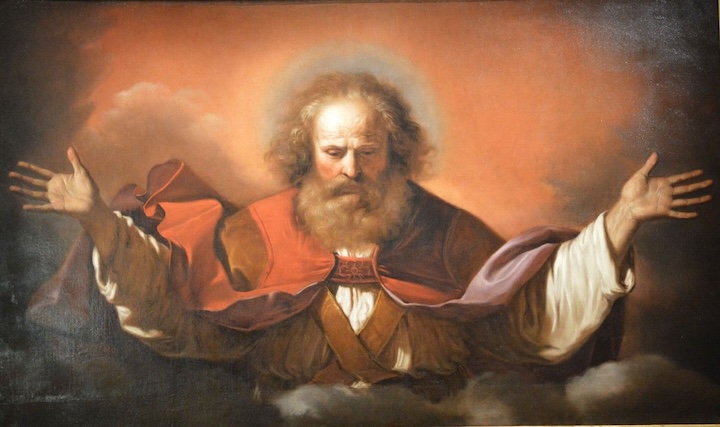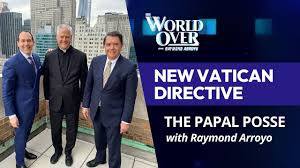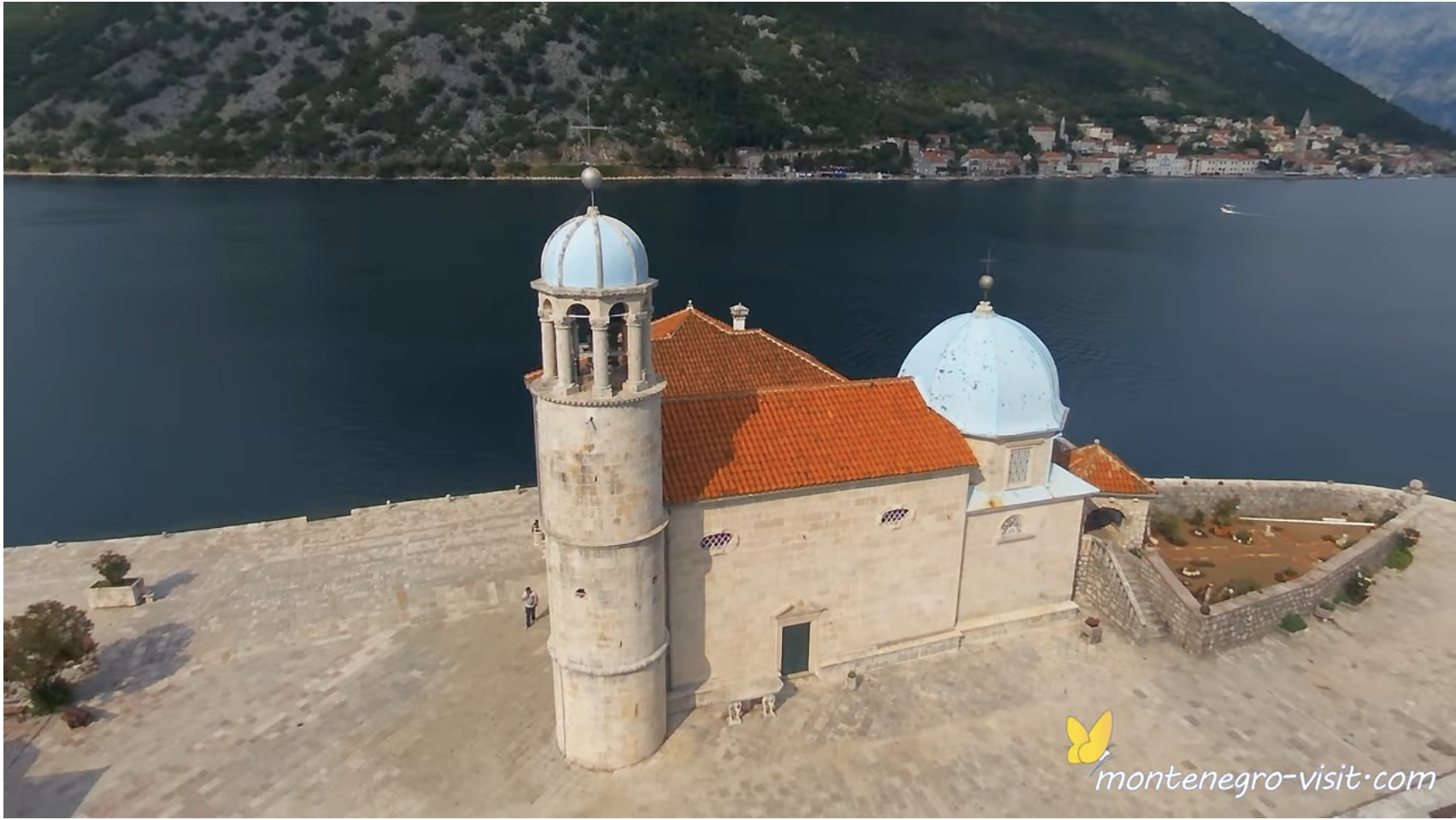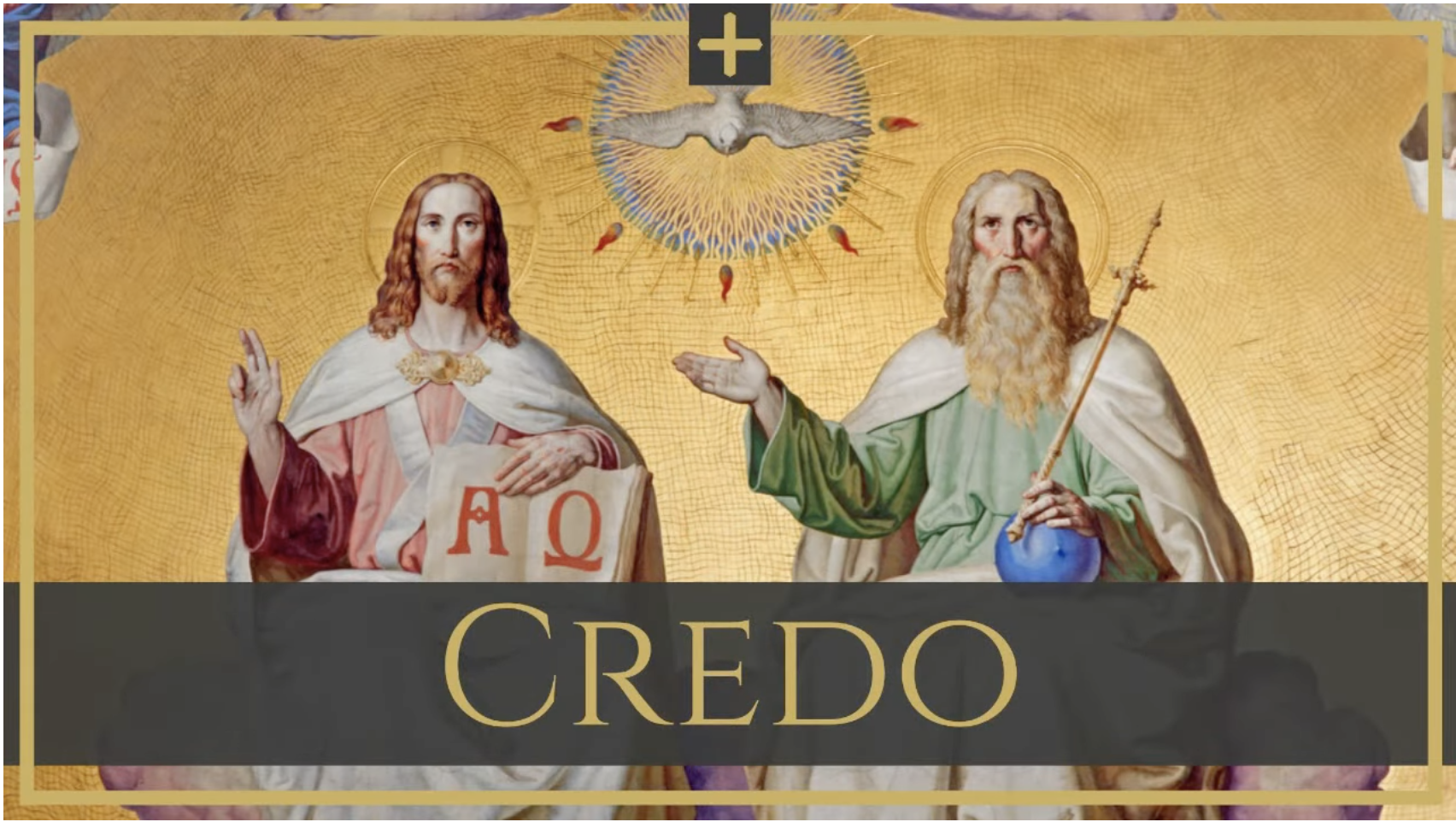ChatGPT and other AI-generative software possess seemingly divine powers: at a mere command, these programs instantaneously produce new images or verbal content. If we want to be entertained, or if we need written or visual material – from invitations to commercials – we give an order and we have what we need immediately. Waiting for production is so last century.
Yet AI’s godlike pretensions short circuit upon closer observation. It generates by quickly “borrowing” from what is available from web-based sources; it cannot work beyond those constraints. Even the imagined AI robot that is said will exceed human capabilities will only be as “smart” as the data from which it can mine. If ever there were a thoroughly secular humanoid bound to what can be measured empirically, the AI robot would be it. Scientism can crown its Frankenstein.
AI’s generative powers are not in the same universe as God’s creative powers. By His own command, God creates whatever He wills from nothing. He does not depend on mathematical calculations to function; He himself constituted the mathematical laws that allow the universe to sustain life, to say nothing of the ability to run computer software. God transcends the limits of space-time and reminds us that the bread on which man really lives is not of this world.
That bread is the Eucharist, God’s most unique and intriguing creation. AI could never generate anything remotely like it, as the Eucharist is the last thing any utility-driven program could, or would, concoct. The contrasts between the Eucharist and AI are so stark, in fact, that the impressive powers of the latter can help us see into the greater mystery of the former.
The two, however, do have the same manner of origin: by command. The Eucharist’s command is Christ’s own: “This is my body. This is the chalice of my blood.” By those words, ordinary bread and wine cease to exist, though their appearance remains unchanged; they have been transformed – transubstantiated, to use the theological term – into Jesus Christ, fully present in His body, blood, soul, and divinity. Before Him in the Eucharist we kneel, since He is God, though His grandeur remains hidden under the veils of bread and wine.
In commanding His apostles, “Do this in memory of me,” Christ transmitted the power of transforming the bread and wine into His body and blood to His apostles, the first bishops, who have, in turn, passed on this same power to every bishop and every priest who has ever lived. At their command, repeated in every Mass, the living and true God becomes present in our midst. The Word dwells among us as He did in Galilee by the power of the sacred words.

AI generates things rapidly for a functional purpose that fills a need. The Eucharist surely fills a need: our hunger for God, for truth, for meaning, for hope beyond this valley of tears. Yet its purpose is anything but functional, and its workings are not rapid, but slow. Here lies a grave difficulty for the modern believer, who expects immediate results from everything he does. In the world of AI, the Eucharist can be misperceived as a mere symbol, a token piece as lively as a marble statue and as relevant as a telegraph.
The Eucharist’s purpose is not primarily functional, though it certainly has practical ramifications in the human soul: it heals our brokenness, it removes venial sin, it confers God’s grace, it strengthens us to perform God’s will. Its primary purpose, though, is existential: it brings us into communion with the source and goal of our lives. When we receive the Eucharist, we receive a foretaste of eternal life, where we will live together in direct, unmediated union with God face to face. This is the promise of the Eucharist.
How do we know this? We can point to the products of AI. God’s presence, by contrast, eludes our senses. Yet we know that no truer words have ever been spoken than those of the Son of God: “He who eats my flesh and drinks my blood abides in me, and I in him.” (John 6:56)
Trusting in Christ’s words, when we are surrounded by worldly concerns and fears, is never easy. Peter lost his trust while walking on water, the rich young man lost his trust when asked to sacrifice, a group of disciples lost their trust when Jesus insisted that we had to eat His flesh to have eternal life.
AI’s power, added to the materialist waves that already were breaking upon us, can make it seem even more likely that the Eucharist is not Christ, that God is not present in the world, that only what we see is what we get.
But then we remember the limits of AI: its inability to transcend the knowledge loaded into it. Which means that AI is incapable of generating that suprarational power in which all Americans, no matter what they think of God, fully believe: love.
“The Eucharist is the sacrament of love,” writes St. Thomas Aquinas. “It signifies love, it produces love.” And this love requires no waiting. Rather, it waits for us, in every tabernacle, at every Mass, the world over.
AI is a useful tool. The Eucharist is love itself. The glitter and hype that surround the former may overshadow the Eucharist, but it will never replace it as the source and summit of human life. Because in the end, all we need is love, and love is Jesus Christ in the Eucharist.
__________














